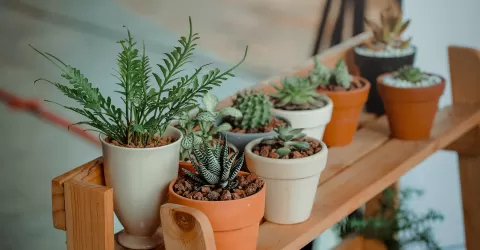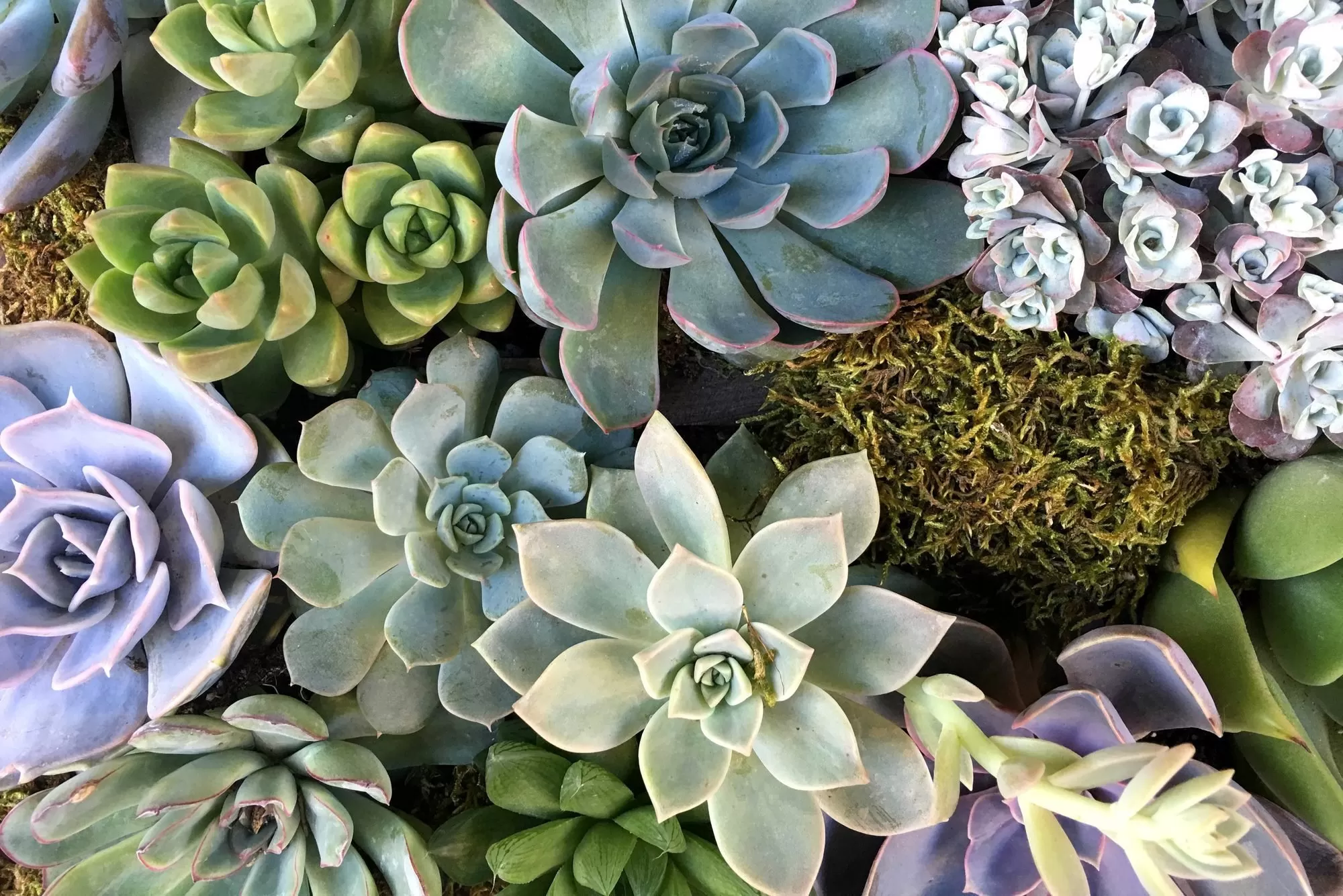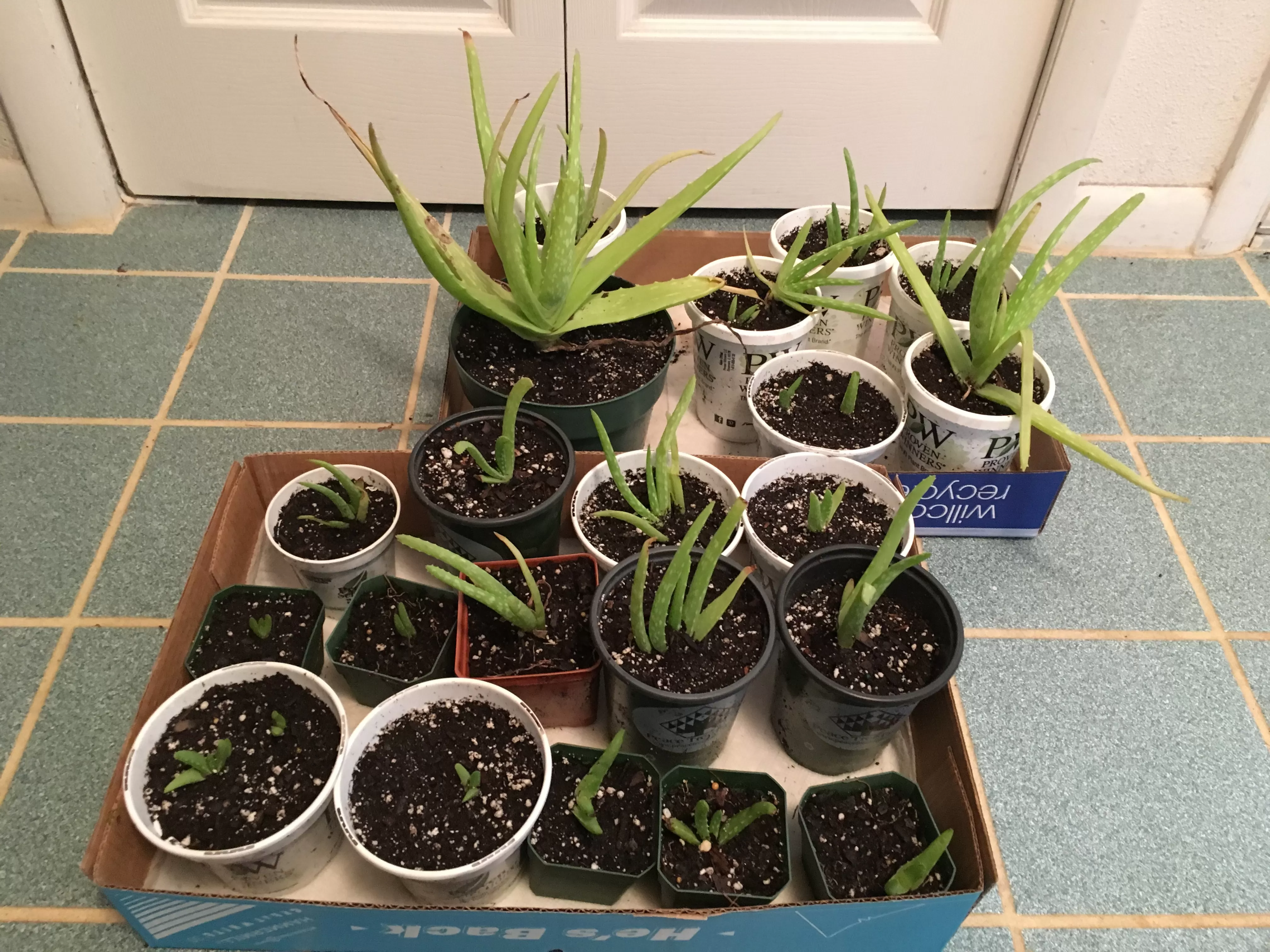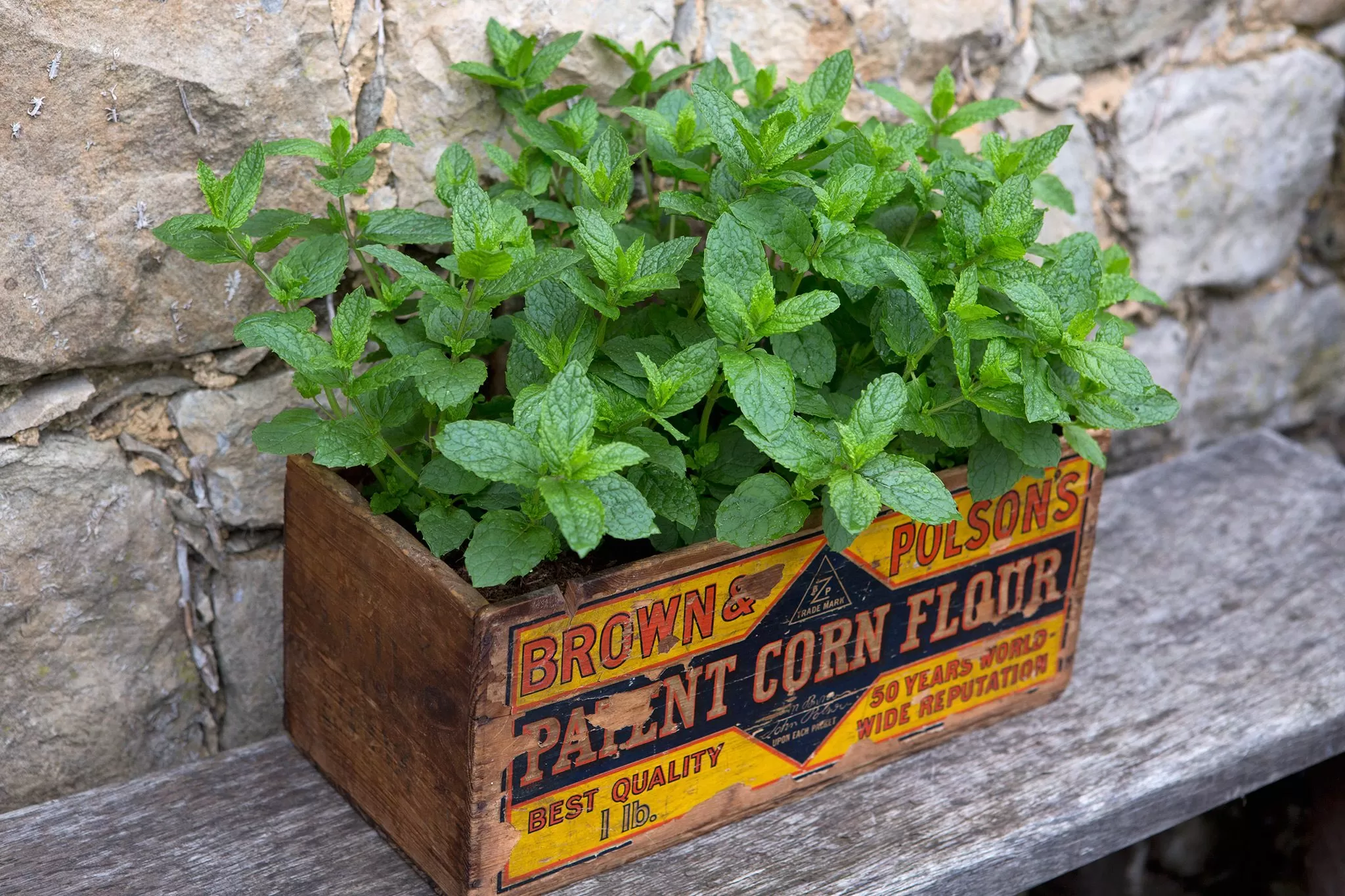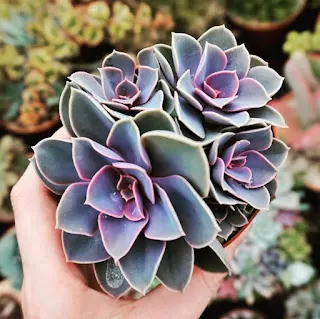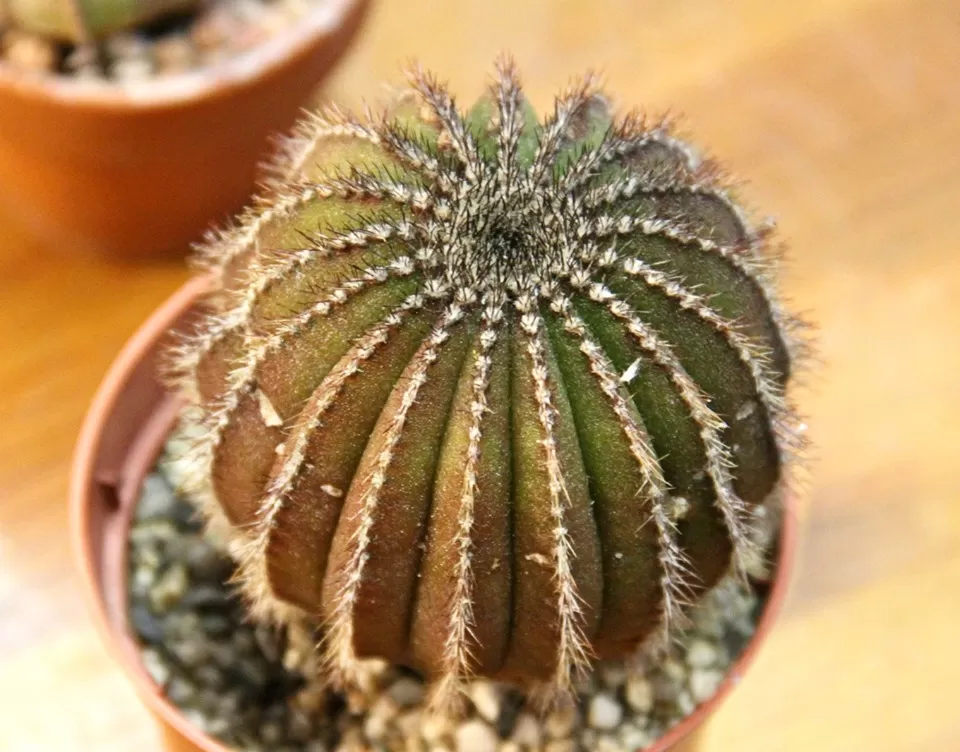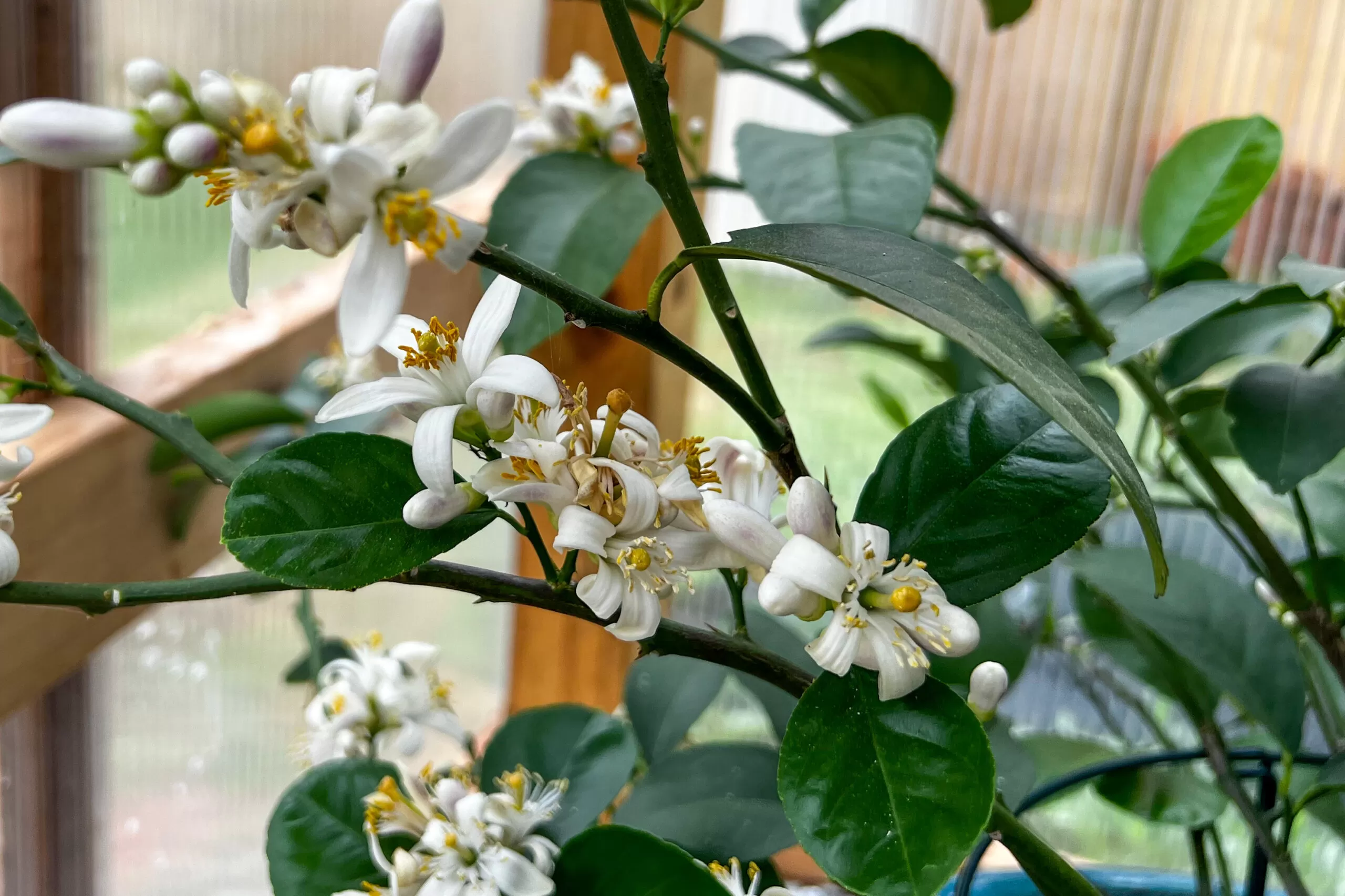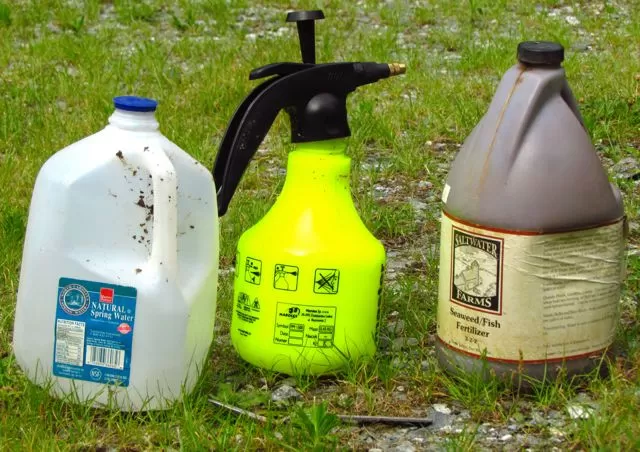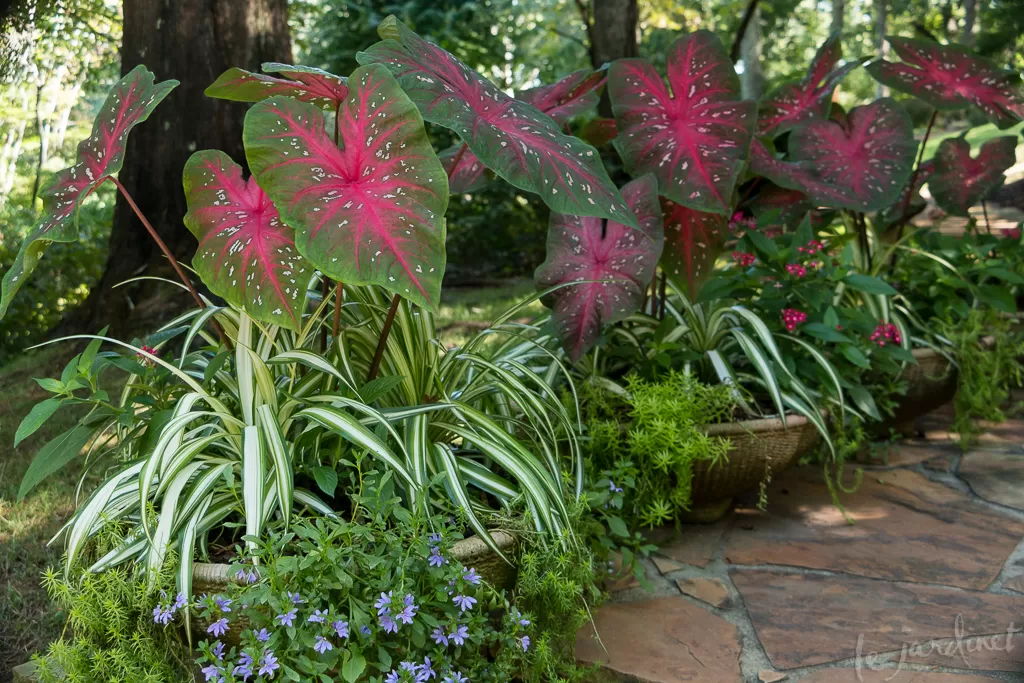Have you ever watched your seemingly ordinary green succulent slowly transform into a vibrant display of reds, oranges, or purples? It’s one of the most magical traits of these resilient plants! Color changing succulents aren’t just showing off; their shifting hues are a fascinating response to their environment. Understanding why and how this happens can help you appreciate your plants even more and even encourage these stunning transformations safely.
Here’s a quick look at what makes succulents change color:
- It’s a natural response to environmental factors like light, water, and temperature.
- Changes are caused by pigments like chlorophyll, carotenoids, and anthocyanins.
- Often triggered by controlled “stress” – like more sun, less water, or cooler temps.
- It’s a survival mechanism, not usually a sign of poor health when done gradually.
Let’s dive into the captivating world of succulent coloration and learn how to appreciate, and perhaps influence, these living works of art!
Contents
- Why Do Succulents Change Color? The Science Behind the Shades
- The Power of Sunlight
- The Role of Water
- Temperature’s Influence
- Understanding “Stress”
- What’s Happening Inside the Succulent? The Pigment Story
- Pigments at Play
- Chlorophyll (The Green Powerhouse)
- Carotenoids & Anthocyanins (The Colorful Protectors)
- Best Tips for Encouraging Colorful Succulents
Why Do Succulents Change Color? The Science Behind the Shades
Succulents are masters of adaptation. Their ability to store water and thrive in harsh conditions is well-known, but their color changes are another incredible survival tactic. Think of it as your succulent speaking to you, telling you about its living conditions through its vibrant coat. Several key environmental factors play a significant role in this color show.
The Power of Sunlight
Sunlight is arguably the most powerful driver of dramatic succulent color changes. Most succulents adore bright, sunny spots, and varying light exposure triggers a unique response.
When succulents receive abundant direct sunlight, they might experience what we call “light stress.” This isn’t harmful in moderation; it’s the plant’s way of protecting itself, much like our skin tans in the sun. Many succulents reduce their green chlorophyll and produce other pigments like reds and purples (anthocyanins) or yellows and oranges (carotenoids) to act as sunblock against intense UV rays.
Conversely, if a succulent isn’t getting enough light, it will prioritize producing more chlorophyll. This pigment is essential for photosynthesis (turning light into energy), and more chlorophyll makes the plant appear greener and often causes it to stretch out (etiolate) as it reaches for light.
The Role of Water
Water is life, but for succulents, sometimes less is more when it comes to vibrant color. While proper hydration is crucial for health, periods of dryness can also induce color changes.
Succulents that are watered frequently and consistently tend to stay primarily green. This is because they are comfortable and don’t need to tap into their stress-response mechanisms for color.
However, when succulents experience periods of drought stress (going longer between waterings), they can display more intense pigmentation. This is another survival response, possibly concentrating sugars and pigments in response to lower water availability. It’s important not to completely dry them out or let them become severely dehydrated, but slightly extending the time between waterings can encourage lovely hues.
Temperature’s Influence
Temperature fluctuations also play a part in the succulent color palette. Colder temperatures, especially, can bring out stunning shades.
For many tender succulent varieties (those not tolerant of frost), cooler temperatures around 50°F (10°C) can start to blush their leaves with color.
Hardier outdoor types, like Sempervivum (Hen and Chicks), are famously known for intensifying their deep burgundy and purple tones when exposed to cold temperatures or even light frosts. This makes them fantastic for adding winter interest to outdoor gardens.
Understanding “Stress”
The term “stress” might sound negative when discussing plants, but in the context of succulents changing color, it simply describes how they respond and adapt to specific environmental conditions. We’re talking about controlled, manageable levels of exposure to factors like strong light, less water, or cooler temperatures – not neglect or harm. Succulents are inherently tough and built to survive conditions far more extreme than those you’d typically create at home. So, don’t be afraid of gently encouraging a little “stress” to see those amazing colors!
What’s Happening Inside the Succulent? The Pigment Story
Now that we know what environmental factors cause the changes, let’s briefly look at how it happens inside the plant at a chemical level. The magic is all thanks to pigments.
Pigments at Play
The color you see in any plant, including succulents, is determined by the specific pigments present in their cells. The plant can adjust the types and amounts of these pigments based on its needs and surroundings.
Chlorophyll (The Green Powerhouse)
Chlorophyll is the primary pigment responsible for photosynthesis. It’s brilliant at capturing light energy, and it reflects green light, which is why most plants appear green. When a succulent needs to capture more light (because it’s in a shadier spot), it produces more chlorophyll, becoming greener.
Carotenoids & Anthocyanins (The Colorful Protectors)
When succulents face conditions like intense sunlight, cold temperatures, or drought, they can produce more carotenoids and anthocyanins.
- Carotenoids: These pigments often appear yellow or orange. They are always present in the leaves (sometimes masked by chlorophyll), but become visible when chlorophyll levels decrease. They also help protect the plant from light damage.
- Anthocyanins: These pigments create the stunning reds, pinks, purples, and blues seen in many succulents. They are produced in response to stress factors like strong UV light and cold. They act as a kind of internal sunscreen and antioxidant for the plant.
The specific succulent species and variety will determine which of these pigments it’s capable of producing and under what conditions. This is why some succulents turn red, others purple, and some yellow or orange.
 Vibrant collection of color changing succulents in various reds, purples, and greens
Vibrant collection of color changing succulents in various reds, purples, and greens
Best Tips for Encouraging Colorful Succulents
Want to see your succulents show off their most vibrant selves? Based on what we’ve learned, here’s how you can gently encourage more intense coloration:
- Increase Sunlight Gradually: If your succulent is currently in low light, slowly move it to a brighter spot. Start with a few hours of direct morning sun and gradually increase exposure over several weeks to avoid sunburn. The more sun they get (up to their species limit), the more likely they are to show stress colors.
- Adjust Watering Frequency: Allow the soil to dry out completely between waterings. Then, wait a little longer than you usually would before watering again. Pay attention to the plant’s signals – slightly wrinkled leaves might indicate thirst, but they can also signal stress that leads to color. Water thoroughly when you do water, but ensure the soil drains well. Avoid constant moisture.
- Consider Temperature (Where Applicable): If you live in a climate where temperatures cool down in the fall or winter (but stay above freezing for tender varieties), leaving succulents in a sunny, cooler spot can bring out amazing colors. For hardy types like Sempervivum, they will naturally color up with cold weather. Always research your specific succulent’s temperature tolerance.
Remember, the goal is happy, healthy succulents with enhanced color, not stressed-out, dying ones. Make changes gradually and observe your plants’ responses. If they look like they are struggling, back off on the stress factor.
Whether you prefer the classic greens or love the dramatic shifts to red, purple, orange, and yellow, understanding color changing succulents: why and how makes growing them even more rewarding. Experiment safely, enjoy the process, and watch your little garden become a living canvas!











